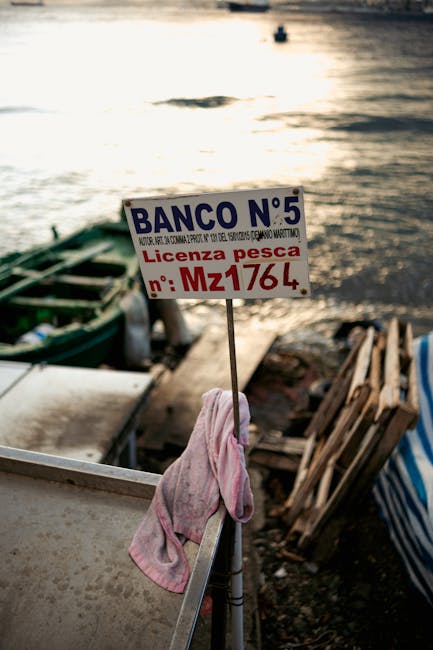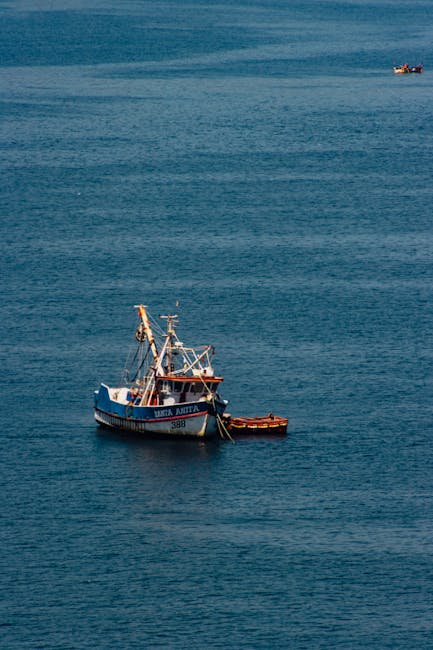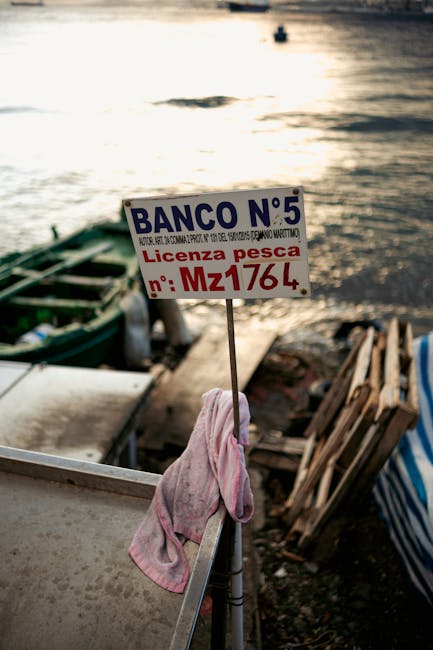Your Ultimate Guide to DNR Fishing Licenses: Everything You Need to Know
Planning a fishing trip? Before you cast your line, understanding your state’s Department of Natural Resources (DNR) fishing license requirements is crucial. Failure to obtain the correct license can lead to hefty fines and potentially spoil your entire fishing experience. This comprehensive guide will walk you through everything you need to know about DNR fishing licenses, ensuring you’re fully prepared for your next angling adventure.
Understanding DNR Fishing License Regulations
Each state’s DNR sets its own fishing regulations, including licensing requirements. These regulations are designed to conserve fish populations and ensure sustainable fishing practices. Factors influencing license requirements include:
- Age: Many states offer free licenses to children under a certain age, while seniors might receive discounted rates.
- Residency: Resident licenses are typically cheaper than non-resident licenses, reflecting the contribution residents make to conservation efforts through taxes.
- Fishing Method: Some states require separate licenses for specific fishing methods like spearfishing or bowfishing.
- Species Targeted: Certain species, such as salmon or trout, might require additional endorsements or stamps on your license.
- Location: Licenses may be specific to certain bodies of water, zones, or regions within the state.
It’s absolutely vital to check your state’s specific DNR website for the most up-to-date and accurate information. Regulations change, and relying on outdated information can lead to legal trouble.
How to Obtain a DNR Fishing License
The process of obtaining a DNR fishing license varies slightly from state to state, but generally follows these steps:
- Visit your state’s DNR website: This is usually the easiest and most efficient way to apply. Most DNR websites have user-friendly online license portals.
- Create an account (if necessary): Many online portals require you to create an account to store your information and manage your licenses.
- Select the appropriate license: Carefully choose the license that best fits your needs, based on your age, residency status, fishing method, and targeted species.
- Provide required information: You’ll typically need to provide personal information such as your name, address, date of birth, and email address.
- Pay the licensing fee: Fees vary widely depending on the license type and state. Payment options usually include credit cards, debit cards, and sometimes even PayPal.
- Print or download your license: Once you’ve completed the application and payment, you’ll receive a digital copy of your license that can be printed or downloaded to your mobile device. Always carry a copy of your license while fishing.
Understanding License Types and Endorsements
Resident vs. Non-Resident Licenses
The primary distinction lies in residency. Resident licenses are significantly cheaper and designed for individuals who live within the state. Non-resident licenses are for those visiting the state temporarily and usually come with a higher price tag, reflecting the lack of contribution to state conservation efforts through taxes.
Annual vs. Short-Term Licenses
Annual licenses provide coverage for an entire year, making them cost-effective for frequent anglers. Short-term licenses, such as daily or weekend licenses, are suitable for occasional anglers who only plan to fish for a limited time.

Specialized Licenses and Endorsements
Many states offer specialized licenses for particular activities or species. For example:
- Trout Stamps: Required for fishing for trout in specific areas.
- Salmon Stamps: Similar to trout stamps, these are required for salmon fishing.
- Saltwater Licenses: Needed for fishing in coastal waters.
- Hunting and Fishing Combination Licenses: These combine both fishing and hunting licenses, offering a cost-effective option for those engaging in both activities.
Frequently Asked Questions (FAQs)
Q: What happens if I get caught fishing without a license?
A: Fishing without a valid license can result in significant fines, the confiscation of your fishing gear, and even potential court appearances. The penalties vary depending on the state and the severity of the offense.
Q: Can I share my fishing license with someone else?
A: No, fishing licenses are non-transferable. Each angler must have their own valid license.

Q: What if I lose my fishing license?
A: Most DNR websites offer options to reprint or replace lost licenses. However, you may need to pay a small fee.
Q: How do I renew my fishing license?
A: Renewal processes are usually straightforward and can be done online through your state’s DNR website. You’ll likely receive a reminder before your license expires.
Q: Where can I find information on specific fishing regulations?
A: Your state’s DNR website is the best resource for detailed fishing regulations, including size limits, bag limits, and seasonal restrictions.
Staying Compliant and Enjoying Responsible Fishing
Obtaining the correct DNR fishing license is not just about avoiding fines; it’s about contributing to the conservation of fish populations and supporting sustainable fishing practices. By adhering to regulations and obtaining the necessary licenses, you help ensure that future generations can enjoy the sport of fishing.

Remember to always check your state’s DNR website for the most current and accurate information. Responsible angling practices, coupled with adherence to licensing regulations, contribute to a healthy and thriving fishing environment.

